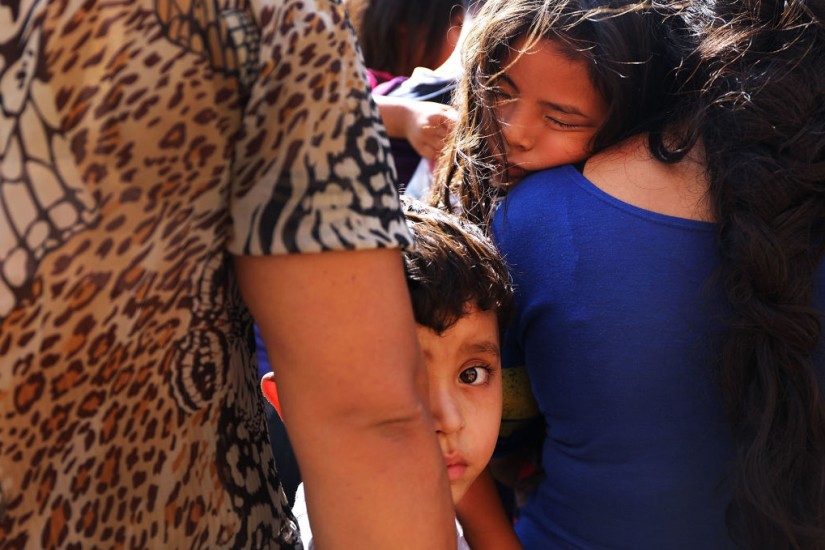The Trump administration’s recent policy of separating families and imprisoning children who cross the U.S. border with Mexico — some version of which may resume after a 20-day hiatus — is only the latest episode in a larger, ongoing assault on migrant families. The assault includes ICE raids, family detentions, mass deportations, the Muslim immigration ban and the condemnation of family-assisted immigration (“chain migration”) as a threat to the nation.
Together, they represent a wholesale attack on a long-standing cornerstone of U.S. immigration policy: the pursuit of family unity.
It took decades of activism by immigrants and advocates to achieve family-based admissions. And both family-unification policies and the motives behind them were flawed. But it’s striking how consistently U.S. immigration law — including some of the country’s most racist and restrictive immigration policies — has prioritized keeping some kinds of families together. Everyone from liberal proponents of immigration reform to reactionaries looking to whiten America have found something to like in family unification, which helps explain the widespread outrage as Americans saw images of families wrenched apart.
The Emergency Quota Act of 1921 and Immigration Act of 1924, for example, both used discriminatory quotas to restrict migration from southern and Eastern Europe. Yet both also came with family-based clauses. The former gave quota preferences to the “wives, parents, brothers, sisters, children under 18 years of age, and fiancees” of naturalized immigrants and legal residents who had applied for U.S. citizenship. The latter allowed the wives and minor children of naturalized immigrants to enter outside the quotas, while providing quota preferences for them, as well as parents.
There were stark limits to these policies. Most of the world’s families did not conform to the constricted definitions contained in U.S. immigration law. Establishing the legitimacy of one’s family with U.S. immigration officials was laborious and risky, and many family petitions were rejected, which promoted unauthorized migration.
